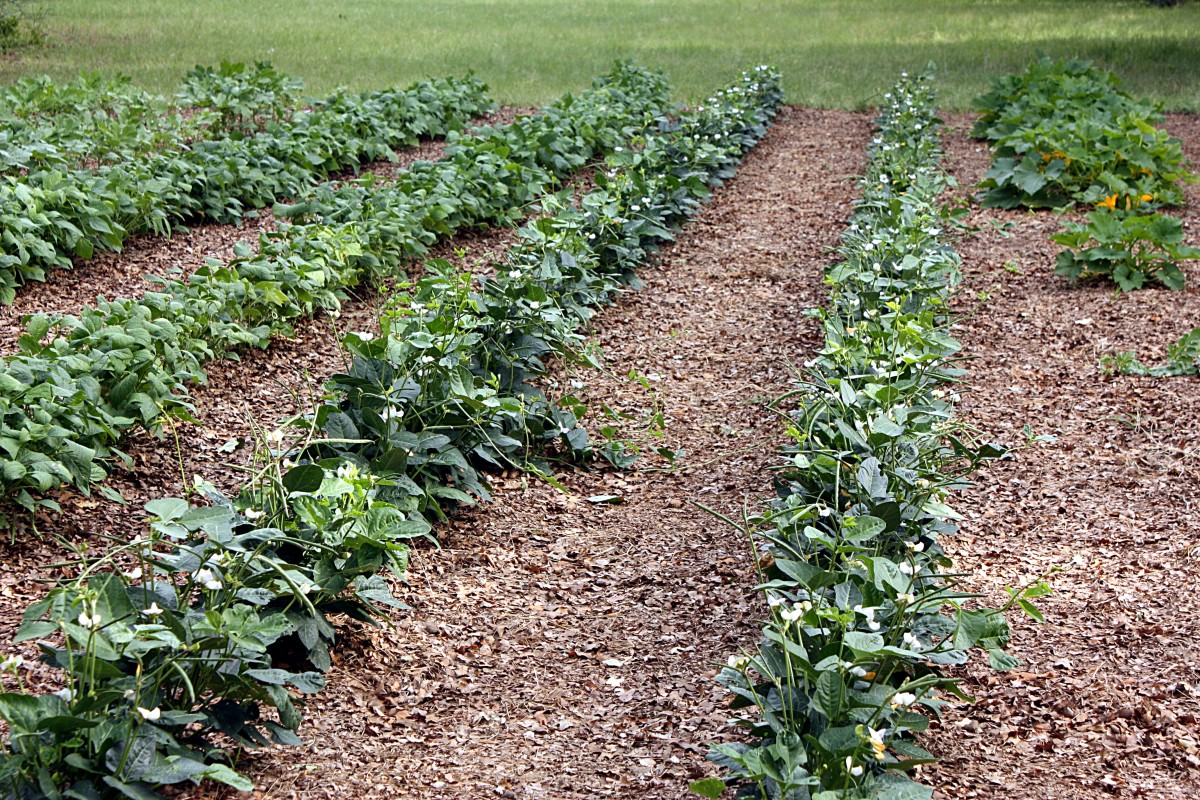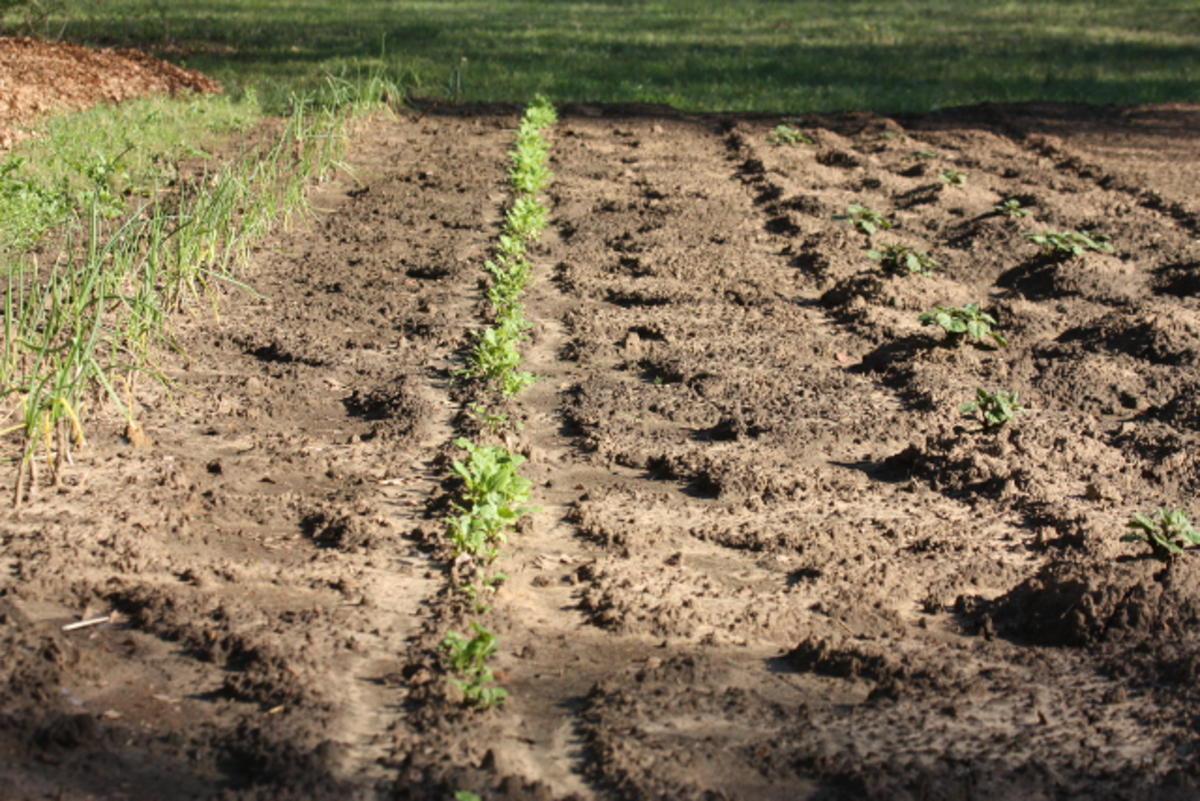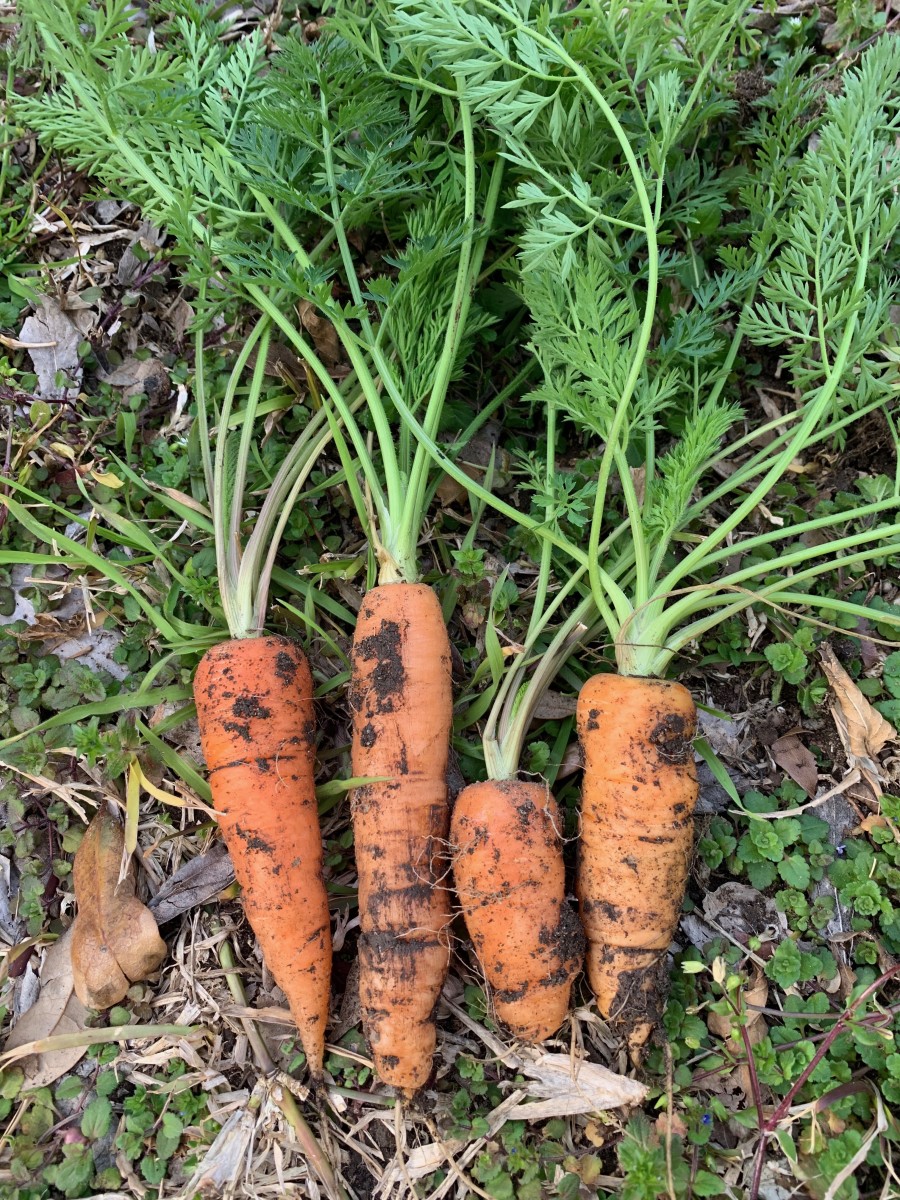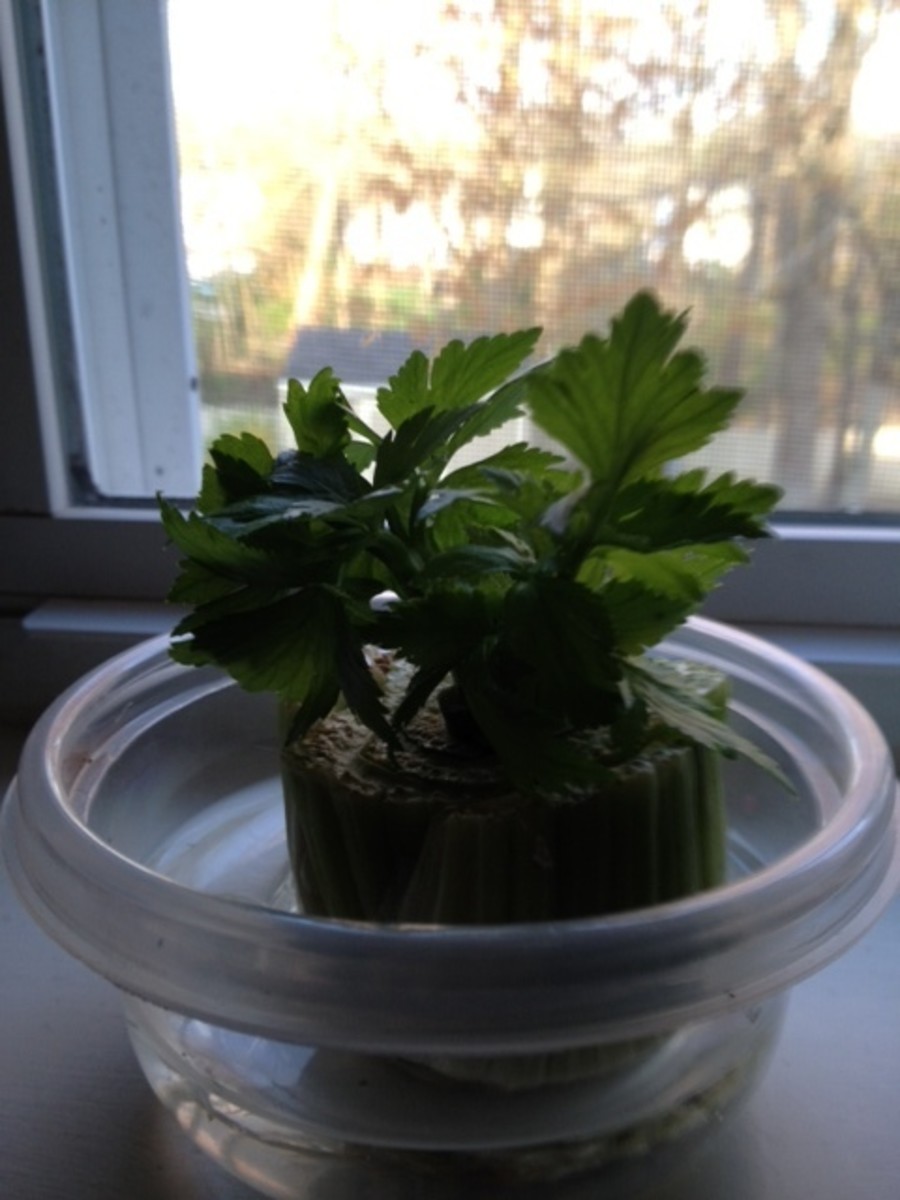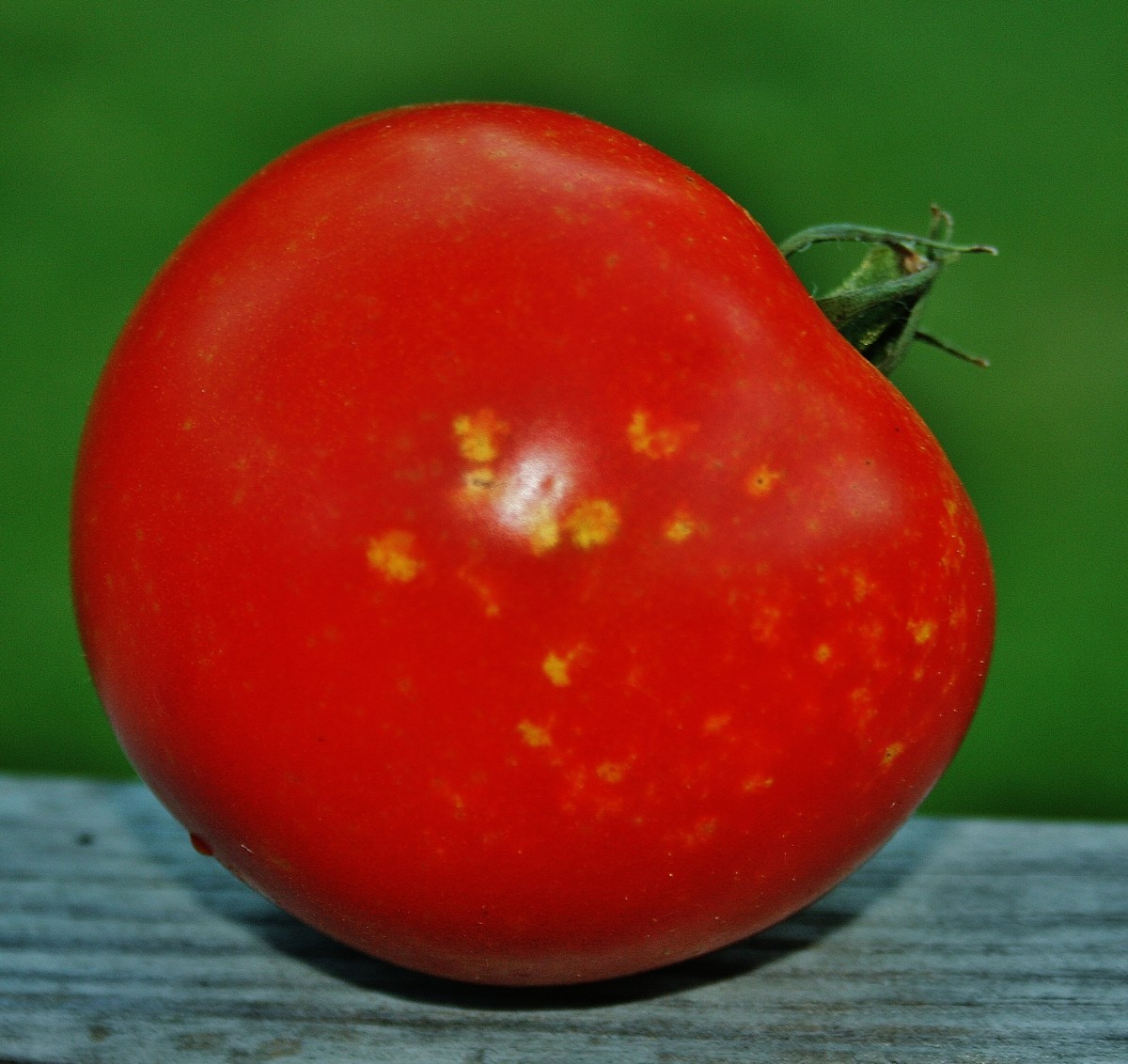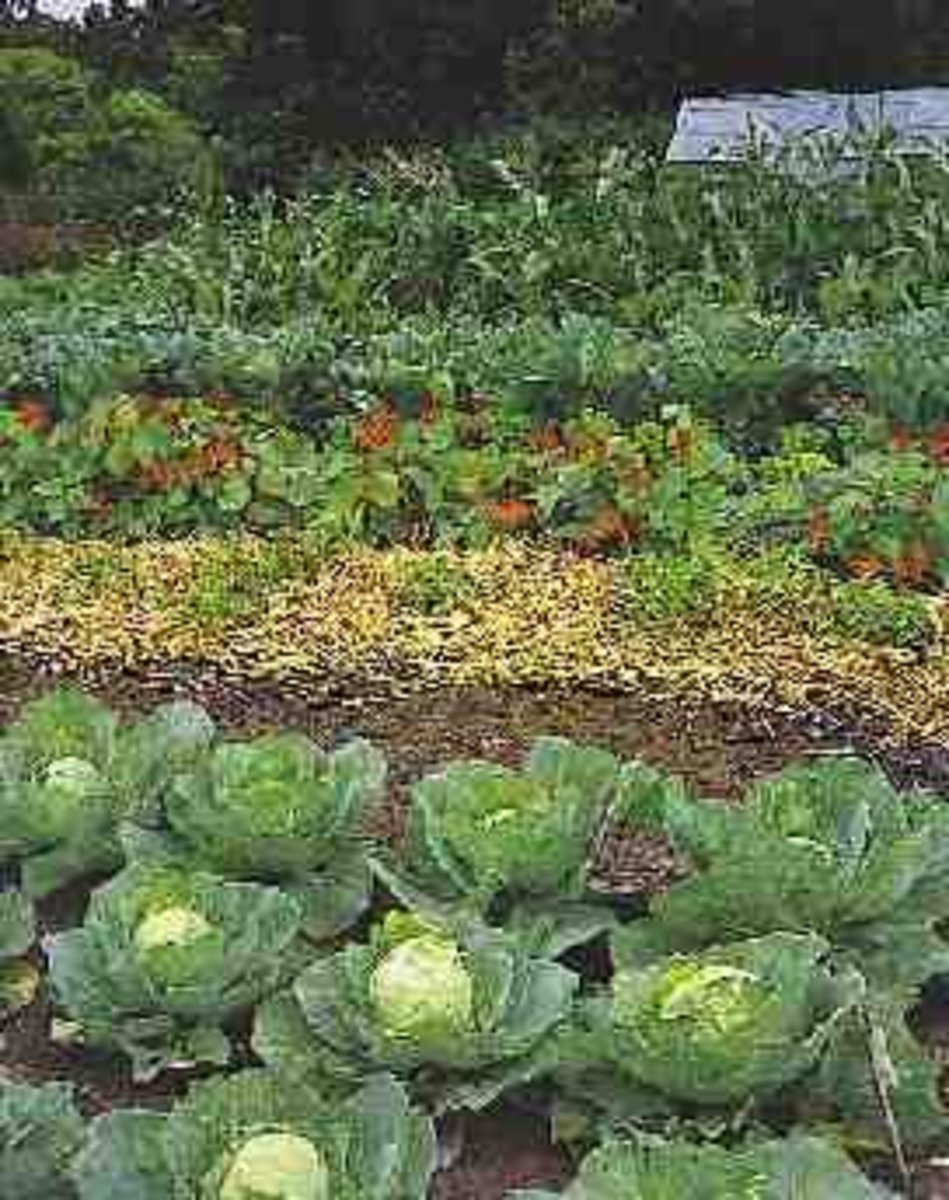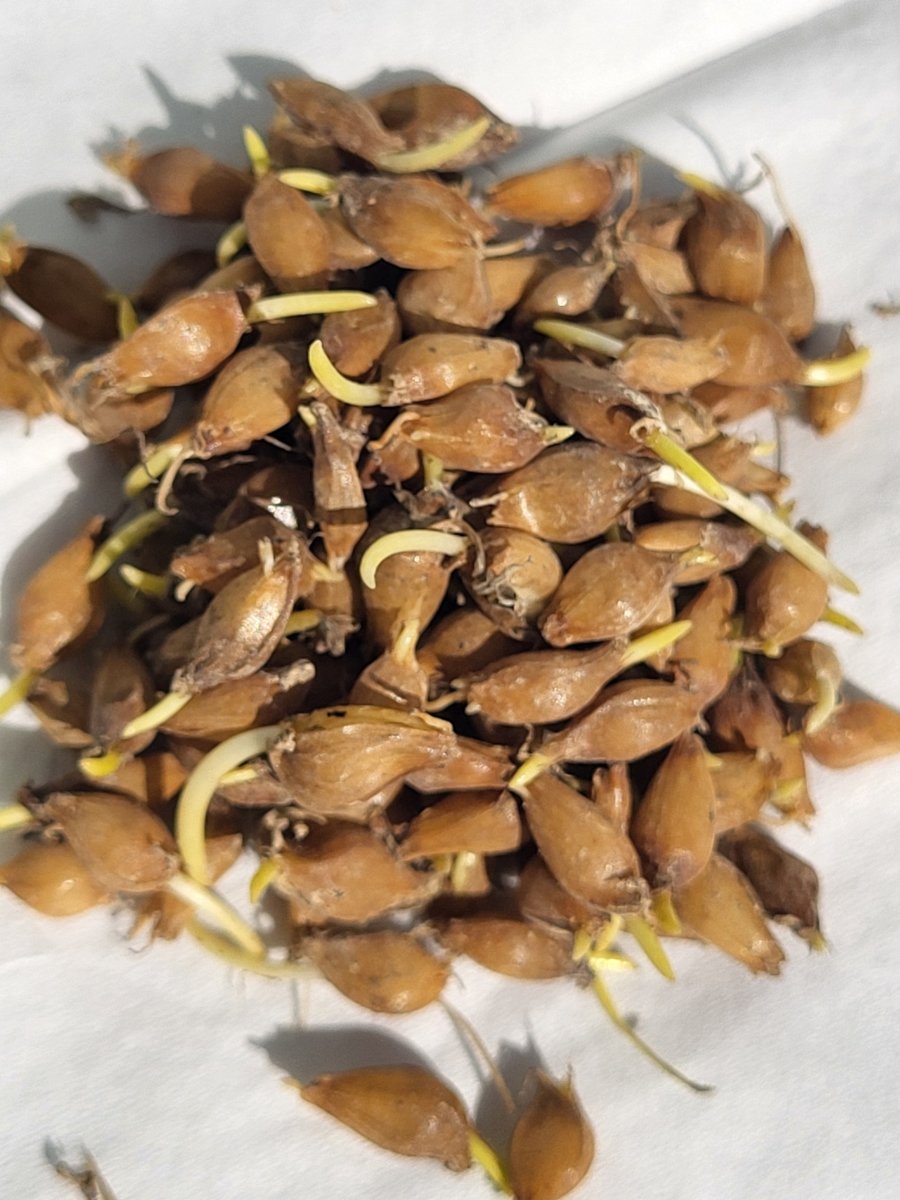Top 10 Vegetables to Grow at Home
Growing vegetables at home is quite possibly one of the most rewarding experiences that you can have.
There are few things in life that are more pleasurable than getting your hands full of soil, soaking up the warm sun and planting something that you can cook in your own kitchen.
If you live in a townhouse, if your garden is fairly small, or even if you're renting and are not able to plant directly into your garden...you can still have your very own veggie patch!
These days, you can pick out an elevated box on legs made up of wood or clay, and use this as the base for your veggie garden. These boxes are also available to be used without legs, and suspended against walls instead. They're available in a wide range of colours, styles and sizes.

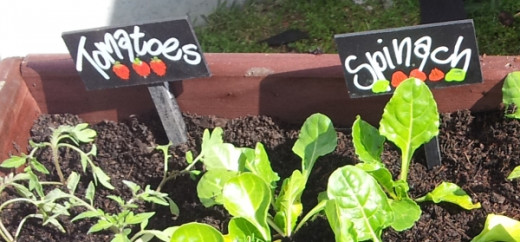

Carrots
Carrots are extremely nutritious and they're sweet. If you're watching your carbohydrates intake, it's probably best to eat these in moderation as they tend to be sugar laden. They're also full of vitamin A, antioxidants, manganese, potassium and dietary fiber.
Among favourite foods that carrots are used for, the most popular include: carrot cake, glazed carrots, or eating it raw as a healthy snack.
Plant carrots where there are no nearby rocks or other obstructions, and where the roots can grow deep down. They need to be kept moist. When their tops breach the soil line, they're ready to be picked. The tastiest carrots are those which are harvested while they're still quite small.

Tomatoes
Tomatoes are probably one of the most popular vegetables that people prefer to grow in their gardens. This vegetable is often also referred to as a fruit. They are not only tasty and smell great, but they're also good for you - rich in vitamin A, B6 and C, as well as iron and magnesium.
There are hundreds of recipes that use tomatoes. A few of these most common recipes include: tomato soup, salsa, almost any pasta sauce, in a Bloody Mary drink, or in salads.
It's best to test the soil in your garden for the right pH level. You will want between 6 and 7. To increase the level add some lime, to decrease it add some sulfur. Mix compost and soil together and plant them at least a foot apart. They can be watered a few times a week with a spray bottle.

Bell Peppers
Peppers are yellow, red, orange or green and can range in flavour between slightly sweet or slightly spicy. They are extremely high in vitamin A and C, as well as potassium and riboflavin.
They can be stuffed with rice, served as part of a grilled vegetable mix, used to add crunch into salads or added into a salsa mix. Peppers also make an excellent choice for a pizza topping and can be served as a healthy snack with a dip in the place of chips.
Peppers need to be watered regularly in order to keep the soil moist. They can have a bitter taste once harvested if the soil is too dry. It's best to plant them where soil is at its warmest and to add compost and Epson salts to make them rich in magnesium and to help them grow.

Spinach
Spinach is the most common vegetable that is recommended when someone has a lack in iron. This vegetable is packed full of iron, calcium, potassium and vitamin A, B6 and C.
The most favourite dishes where spinach is used are in quiches, on top of pizzas, inside pies, as a salad, or creamed together with feta as a side dish. Spinach can also be used to make a dip, as an omelette ingredient or as one of the key ingredients to soups or stews.
Spinach should be grown at least 2 inches apart so that there's enough room for growth. Best grown in Spring and Autumn, these vegetables are prone to cabbage worms. You'll know if you have them once you start seeing little, white butterflies around your veggie patch. Cover your plants with lightweight bed sheets. Simply pick these tiny green worms off by hand if you notice any on your crops.

Peas
Peas are extremely high in fiber, iron, potassium, magnesium, and vitamins A, B6 and C.
These sweet vegetables are grown in a seed-pod of a legume and can be eaten within the pod as a crunchy snack or addition to a stir-fry or salad. Peas removed from the legumes are often used to make pea and ham soup, mashed peas, together with mint as a side dish; or as a tasty addition to stews, casseroles or salads.
Soil should be mixed together with nutrient-rich compost and must be able to drain well in order for peas to grow properly. Peas should be planted at least 2 inches apart, and are best grown early in the Spring or late in the Summer.

5 More Top Vegetables Grown at Home
- Radishes
- Onions
- Lettuce
- Beans
- Brussels Sprouts

Fun Facts About Vegetables
- Tomatoes originated in South America.
- Carrots were first grown in Afghanistan.
- Potatoes appeared first in Europe in 1586.
- Almost all the broccoli sold in the US is produced by California.
- The tomato is referred to by the French as an "apple of love".
- Only 5% of peas are sold fresh around the world.
- Carrots consist of rougly 87% water.
- Carrots are good for your eyes, but eating too much of them can turn your skin slightly orange - especially the soles of your feet and the palms of your hands.
- Cucumber can reduce puffiness when placed on closed eyelids, as well as bad-breath when placed on the roof of your mouth.
- After corn, rice and wheat, potato is considered to be the 4th most important crop in the world.
- Frozen vegetables can be more nutritious than fresh vegetables as most nutrients are lost between the time of picking and eating. Frozen veggies are often picked and frozen on the same day.

Whether you're in a lucky position and able to plant directly into your back garden, or whether you make use of a suspended or elevated box because your garden is small - growing vegetables is something today that almost anyone can do.
It's one of the most satisfying and leisurely activities enjoyed across the world by people of all ages.
Planting veggies at home on your own, with your partner or together as a family is not only rewarding in itself, and is also a way of bonding with the ones you love, and getting back in touch with nature.


The Author
Melanie Chisnall is a freelance writer living in Cape Town, South Africa.
She has recently started growing a small vegetable garden at home with her husband. She also enjoys getting creative in the kitchen by coming up with new ways to cook veggies with various flavour combinations.

